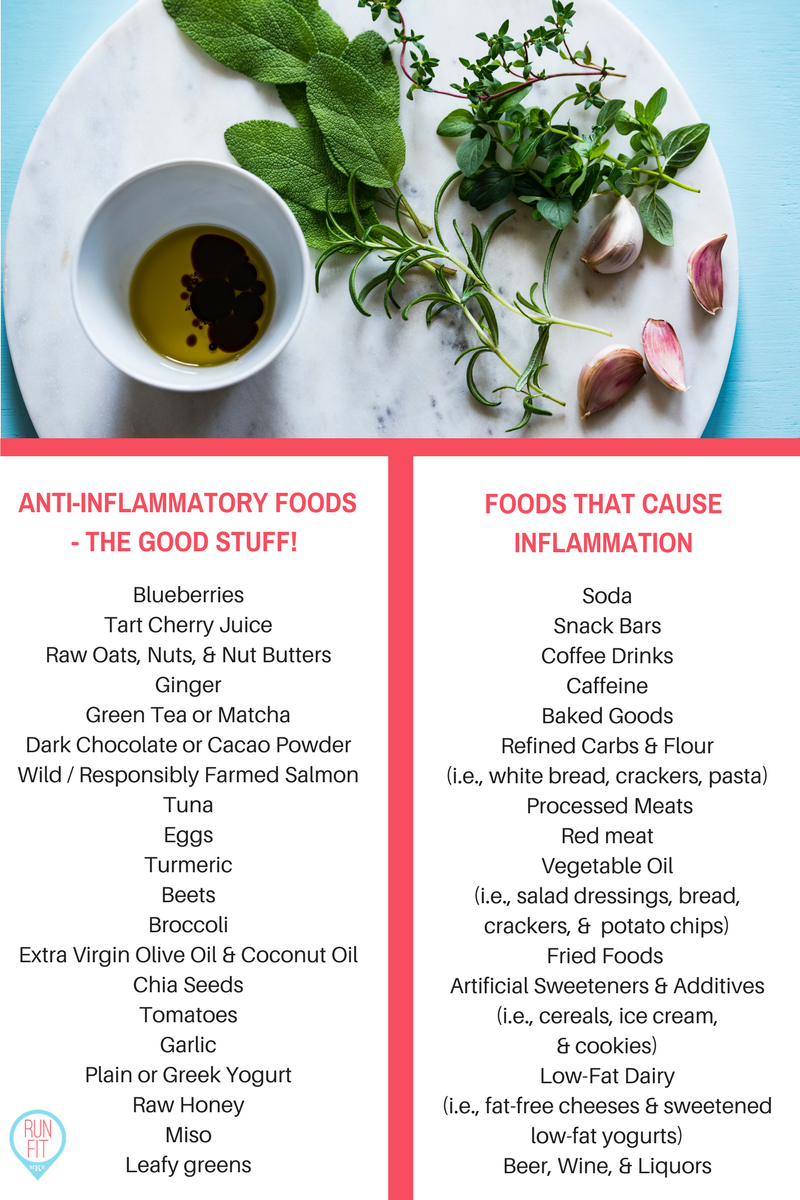
Diabetic patients have a wide range of options for food. It is important to select healthy foods that are appropriate for their needs and lifestyle. A balanced diet is essential to controlling blood sugar levels. Legumes have high levels of protein, fiber, as well as high-quality carbohydrate. Soluble fiber can help curb hunger and stabilize blood sugar levels. A recent study found that legumes were associated with lower type 2 diabetes risk and better blood sugar control.
As a low-carb food, avocados are a great choice for diabetics. Avocados are high in healthy fiber and healthy healthy fats. Walnuts contain high levels of omega-3s which is a plus for diabetics. But, you should limit your intake to one cup of walnuts. Chickpeas, which is a legume rich both in fiber and protein, can also be eaten. Chickpeas are high in protein and can be eaten as a snack. They also contain large amounts of dietary fiber.
Although most people dislike the taste of spinach it is good for you. You can eat the skin if you are unable to eat them. You can cook them and serve them as part of a meal. You can add a spoonful of quinoa to your favorite soup or smoothie for an extra boost in protein.

Greek yogurt is also suitable for diabetics. The portion size of this starchy vegetable is 6-8 grams so it can be enjoyed as a snack, or even breakfast. Be sure to read the labels carefully, as some brands may contain sugar. You can also eat fruits in moderation, such as cherries and berries, along with yogurt. Flax seeds contain lignans, which help improve insulin sensitivity and reduce the risk of heart disease.
Sweet potatoes are rich in potassium, fiber and lean proteins. They can be eaten raw or cooked as a snack. Sweet potatoes can be cooked and eaten as a snack, but they are high carbohydrate. They are also a good source of magnesium, which lowers the risk of diabetes and can prevent stroke. These are why they are considered the best foods to eat for diabetics.
Numerous fruits and veggies are rich in antioxidants and a good source for fiber. They can be used in salads and smoothies and are low in glycemic index. Greek yogurt is another option. These can be added to any yogurt you prefer. You can make smoothies with them. They can be used to enhance your desserts by preparing them for salad.
Diabetic diets need to be balanced. The best diabetic foods should have low sugar levels, but no saturated fats or trans fats. They should be rich not only in fat but also high in fiber, protein, fiber, and other nutrients. A diabetic diet should contain whole grains and fruits. Healthy fats are an important part of a diabetic diet. These foods are rich in healthy fats.

Healthy eating habits for diabetics include plenty of fruits, vegetables, and whole grains. The best types of fruits and vegetables are ripe, fresh, and organic. Low-calorie foods are best for diabetics. There are many methods to include fruits and vegetable into your daily routine. You can even eat nuts every day. These can be tasty and healthy options for diabetics. To prevent diabetes, be sure to limit your sugar intake.
Greek yogurt is another food that diabetics can eat. It is rich in fiber and contains very few carbohydrates. It can be enjoyed either as a snack nor as a main dish. A wide range of whole grains are also included in this recipe. They are high in fiber and low-calorie foods. Because they are low in sugar, whole-grain breads can be the best food for diabetics. These breads can also be used as a source of fiber, such as pastas and whole-grain breads.
FAQ
What is the best time to do Intermittent fasting in order to lose weight
The answer may not be as straightforward as you think. For optimal fat loss, you need to take into account many factors. These factors include:
-
Your age. If you are younger than 40, intermittent fasting might be too difficult because you have less time for recovery after each fast. However, intermittent fasting may be too difficult for older people (over 60) who might not have the energy to continue a long period of daily fasting.
-
Your current body composition. A longer period of fasting is more beneficial for those with a lot of muscle mass. For those with less muscle mass, however, you may be able to benefit from shorter fasting times.
-
How active you are. To ensure adequate rest between workouts, you might need to extend your fasting period if you exercise frequently.
-
Your past health history. Extra fasting may be necessary for people who have heart disease, diabetes, cancer, or other medical conditions.
-
How well do you tolerate stress? Stress can often lead to us eating more. To avoid this problem, you may need to increase the length of your fasting windows.
-
What type of diet do you follow? Certain diets, like ketogenic diets, may require even longer fasting periods.
-
Your quality of sleep. Lack of sleep has also been linked to increased appetite and decreased metabolism. It may take some trial and error before you find the right combination.
-
The amount of protein that you consume. Consuming more protein helps to stabilize blood sugar levels. This could lead to lower insulin levels. This would allow you to fast for longer periods of time.
-
No matter if you are trying gain or lose weight. People trying to gain weight often need longer fasting periods than people trying to lose weight.
-
What proportion of calories do your fasting hours allow you to consume? You might lose more fat if your daily calories are lower than those you consume.
-
Your overall fitness level. People who are fit and fast burn more calories per day.
-
Your gender. Men are more hungry than women so they may have to fast for longer periods. Women may only fast for 20-30 mins each morning because they have a smaller appetite.
-
Your lifestyle. Are you someone who is active? Do you exercise multiple times a week or do you just go to the gym? Do you have a job that requires you to sit at a desk all the time? All these factors can have an impact on how much time you should speed.
-
How much money do your spend on food every day? Eating healthy foods doesn't necessarily mean spending much money on groceries. It's possible to save money by purchasing whole grains rather than white bread, fruit instead of candy bars, lean meats instead fatty cuts, and fruits instead of candy.
-
You need to be able to control your hunger. If you don't want to skip meals, you might not need to fast as long as other people do.
How often do people fast every day?
Most people who adhere to a ketogenic lifestyle fast only once per week. Others fast twice per semaine. Others fast three-times per week.
The length of each fast varies too. Some fast for 24 hours while others fast for 48.
Some people go on for more than 72 hours. However, extreme cases like these are rare.
How do I create an exercise routine?
You must first create a routine. It's important to have a plan for each day. This helps to plan ahead and avoid procrastination.
Second, make sure that your workouts are varied. Avoid becoming bored with exercise. If you do, it will be difficult to keep going.
Also, you need to keep track on your progress. It's crucial to track your weight changes over time.
If you lose weight and then gain more weight, it is easy to lose your motivation. If you gain excessive weight, it can be difficult to remain motivated.
It is important to find the right balance between weight gain or weight loss. You won't be able to exercise if your current weight is not comfortable.
Statistics
- One study in 9 active men found that HIIT burned 25–30% more calories per minute than other types of exercises, including weight training, cycling, and running on a treadmill (18Trusted Source (healthline.com)
- According to a study sponsored by the American Council on Exercise, a person weighing around 140 pounds (64 kg) would burn 108 calories at a 30-minute beginner's Pilates class or 168 calories at an advanced class of the same duration (26). (healthline.com)
- One 6-month study showed that simply doing 11 minutes of strength-based exercises 3 times per week resulted in a 7.4% increase in metabolic rate, on average. (healthline.com)
- Among women, the increase in metabolic rate was nearly 4%, or 50 more calories per day (14Trusted Source (healthline.com)
External Links
How To
How to Intermittent Fasting
Intermittent fasting is a dieting method where you normally eat one day per week, usually Monday through Friday. This is a way to cut down on calories while still getting enough nutrition. This is believed to help you burn more fat than if your meals were regular throughout the week.
The most popular form of IF is to limit calories to certain days. This means that you would skip breakfast every morning and then consume whatever food you want during the rest of the day. It is possible to choose to have three smaller meals each day, rather than two large.
There are many forms of intermittent fasting. Each type of intermittent fasting has its pros and cons. Alternate day fasting is the easiest way to start out because you don't have to make any major changes to your lifestyle. However, not everyone can stick to a rigid schedule. They might prefer to experiment with other methods.
If you're looking to start an intermittent fasting routine, I recommend starting with alternate-day fasting. This will allow for gradual transition to more extreme fasting without having to change your lifestyle.